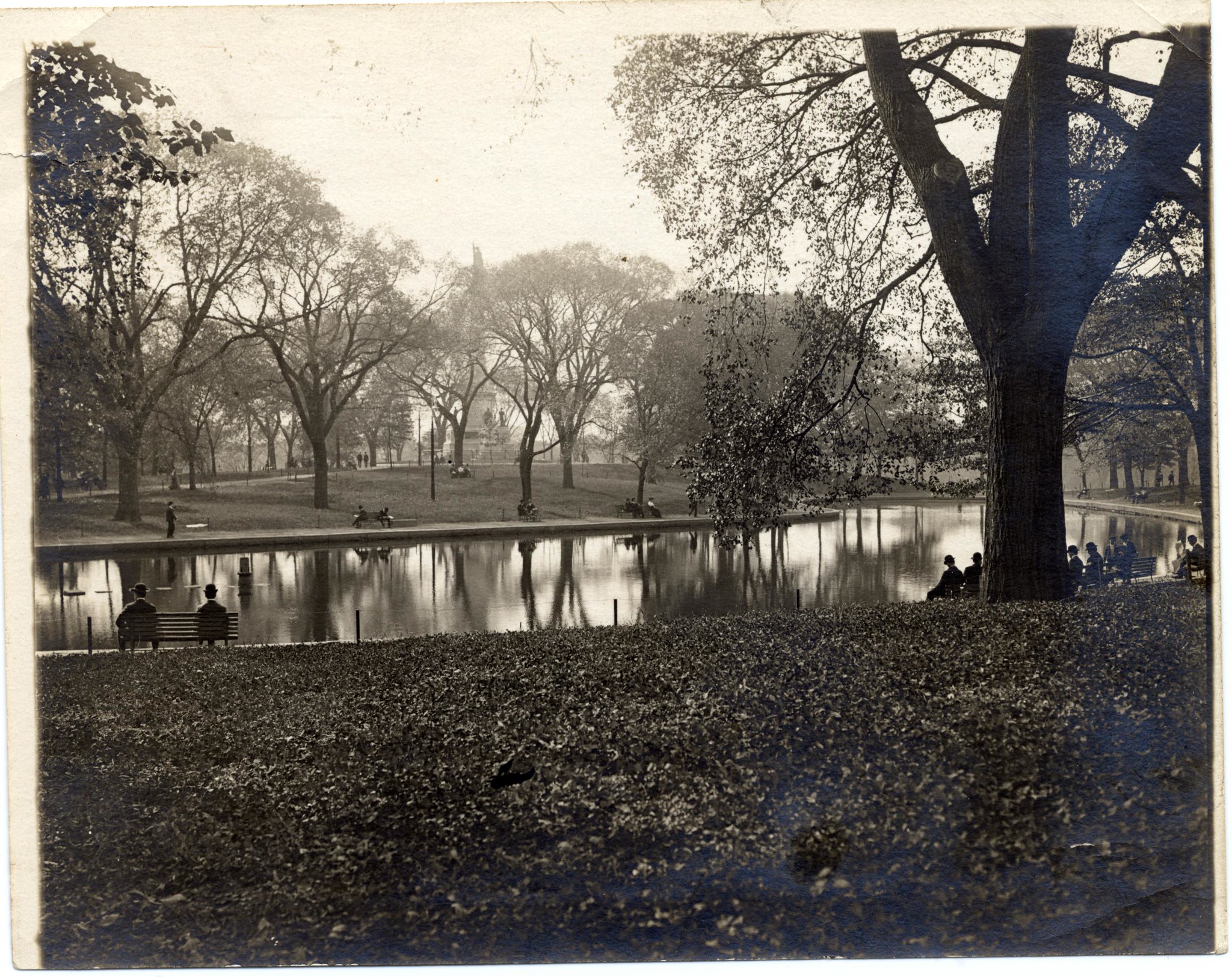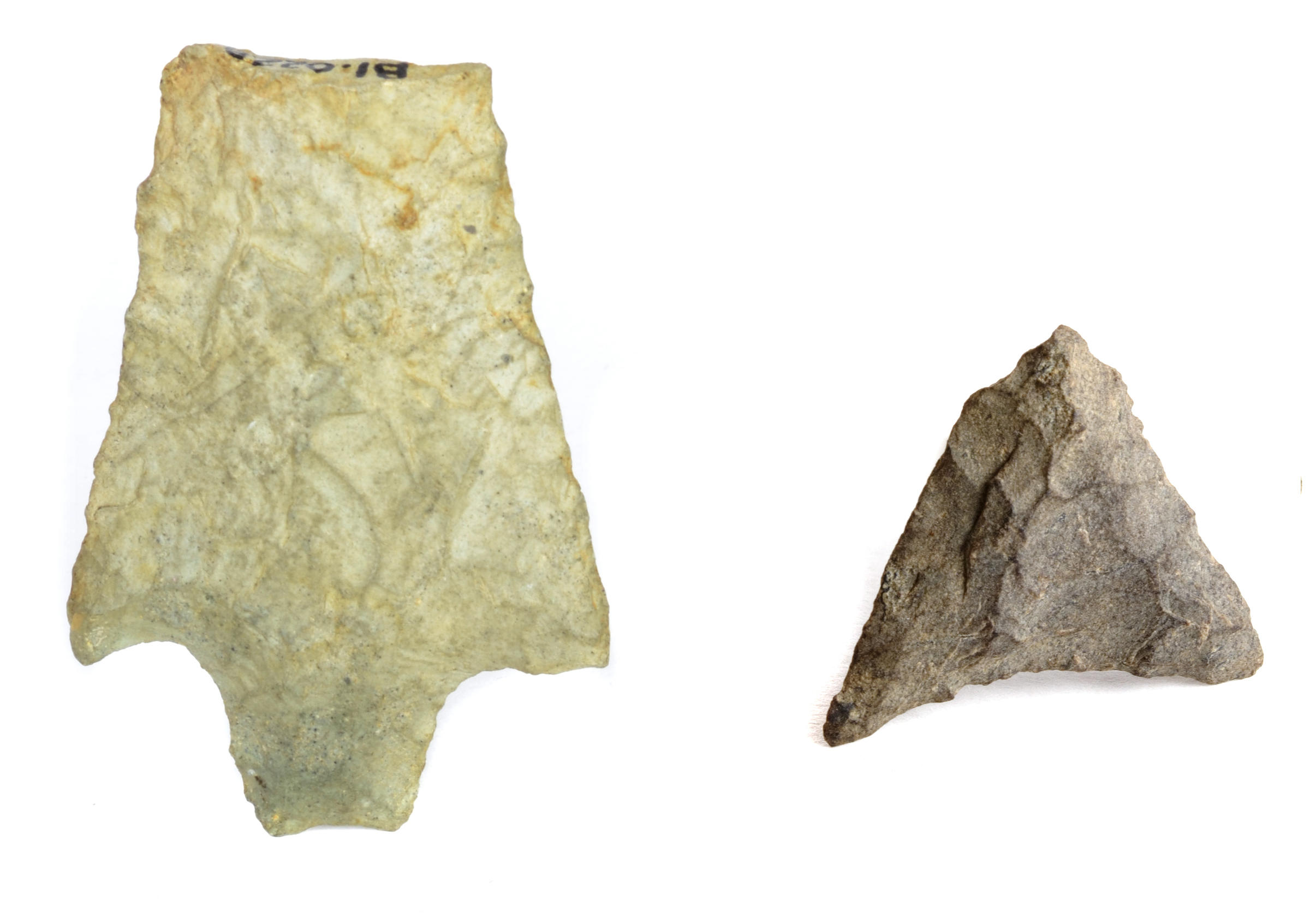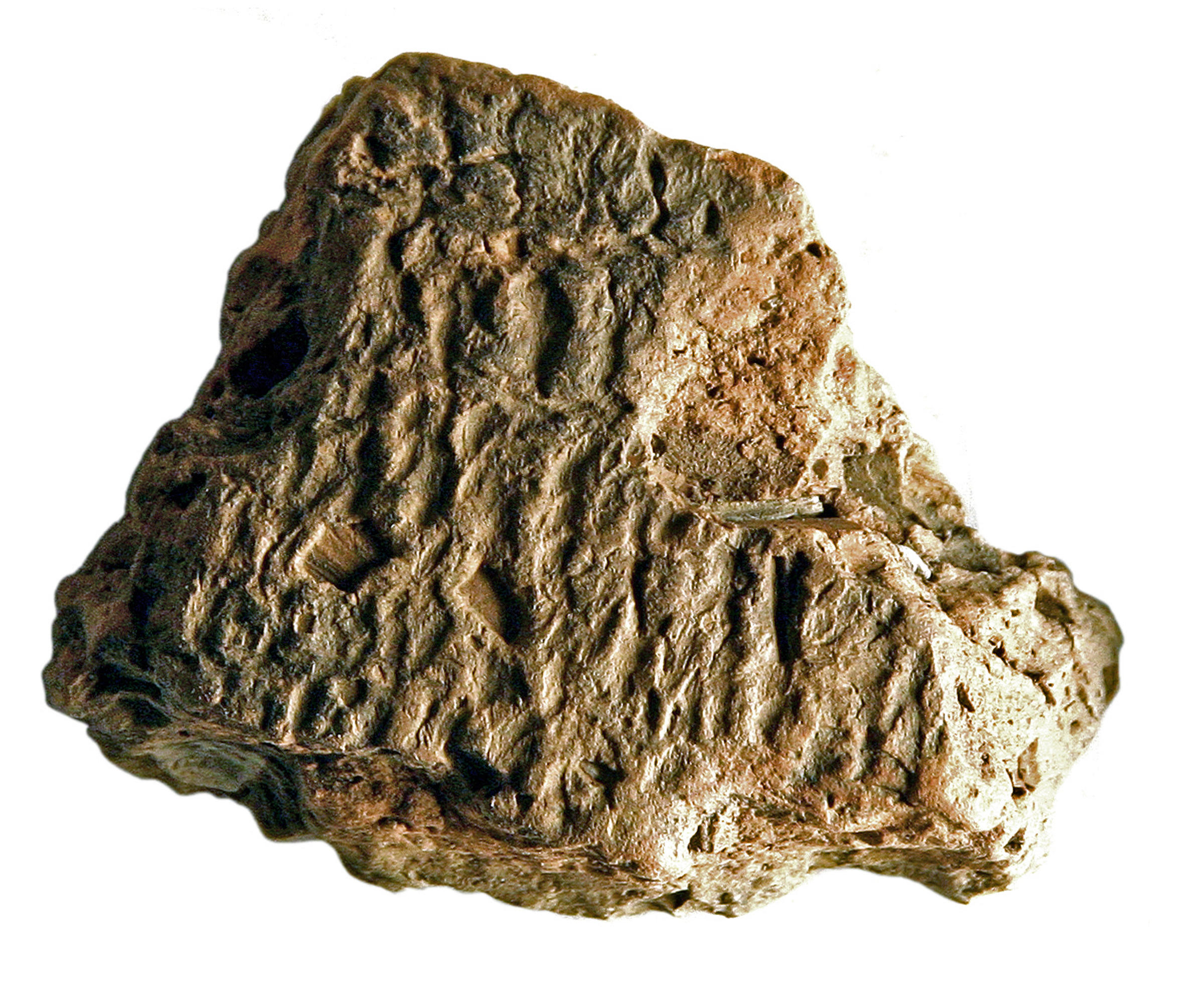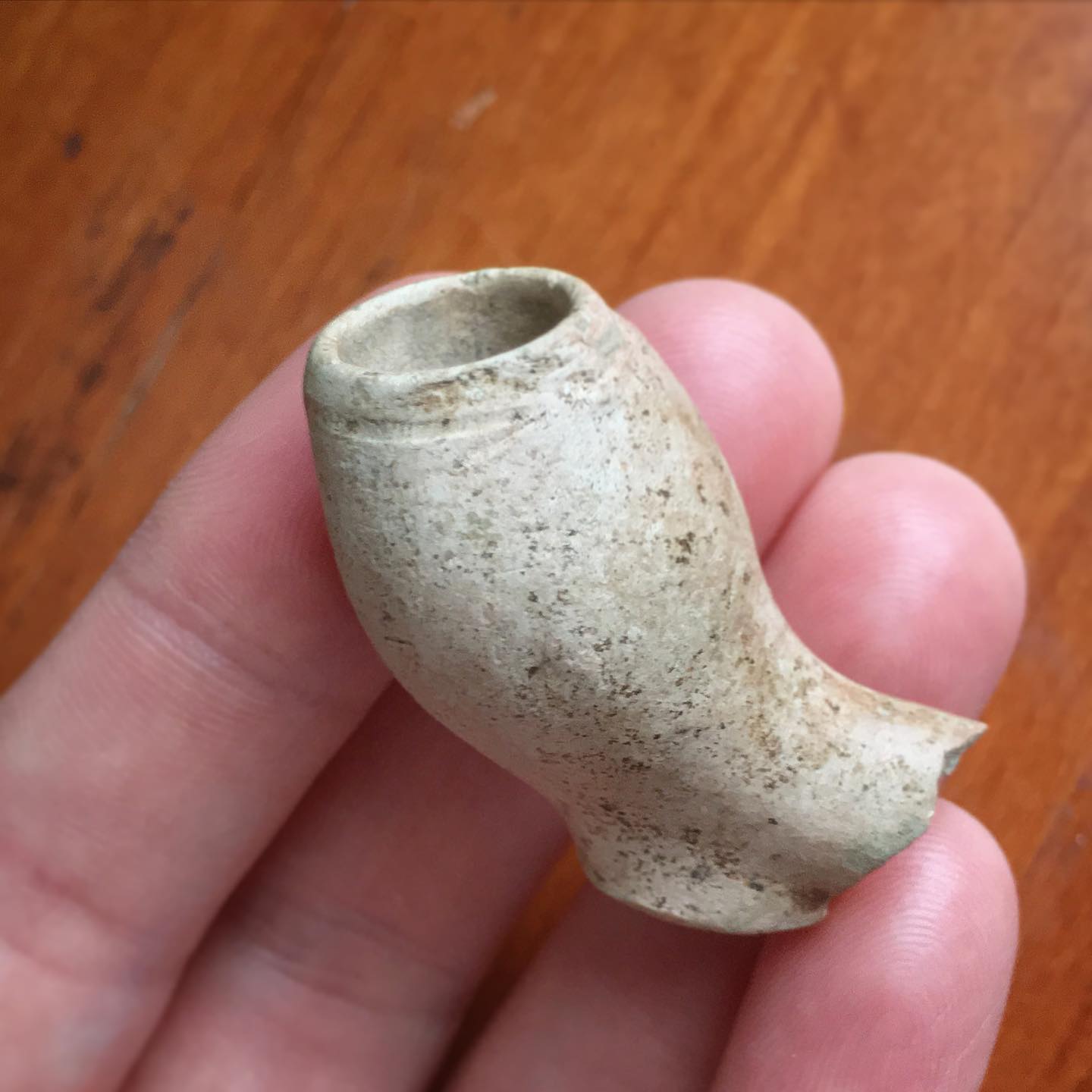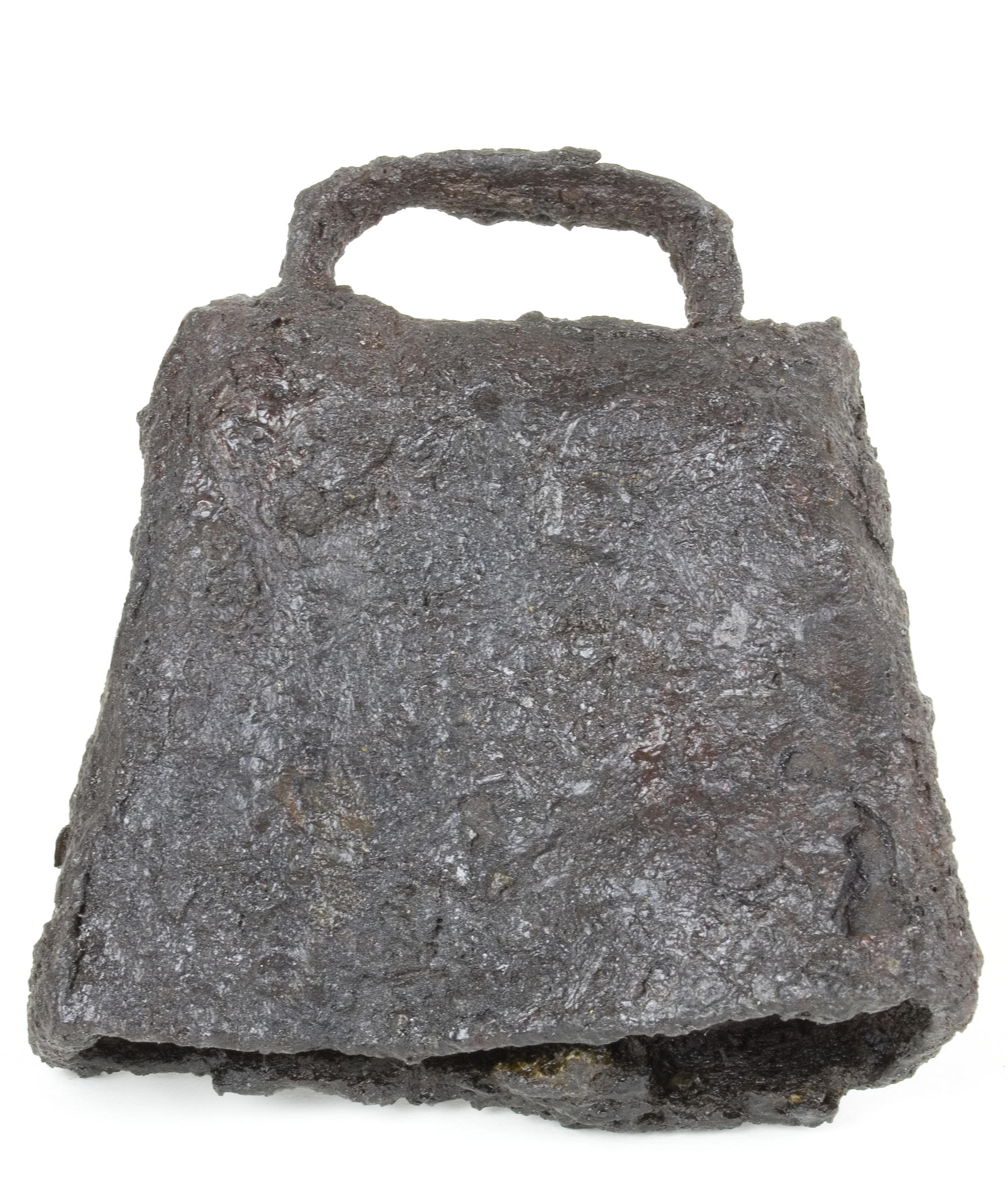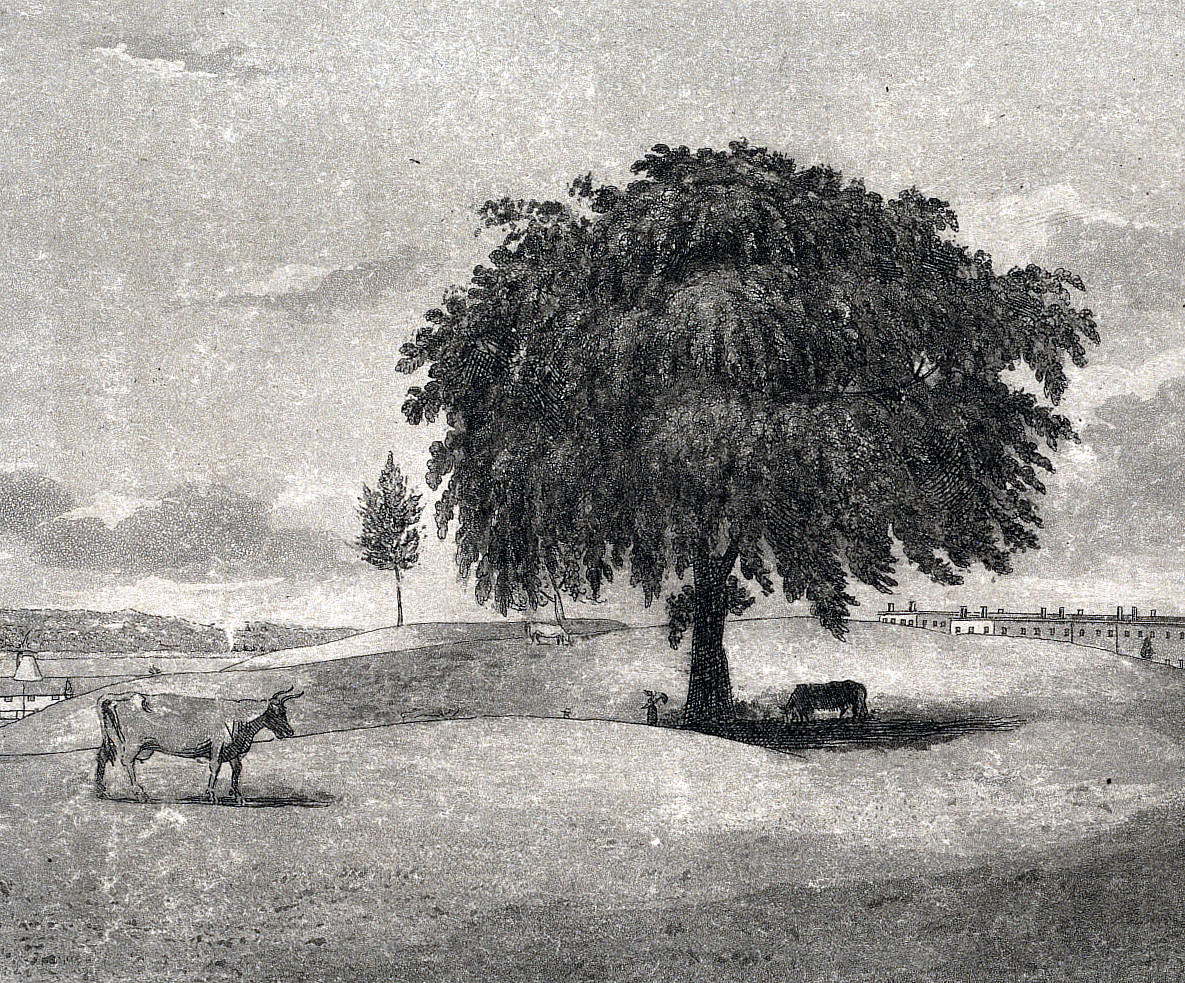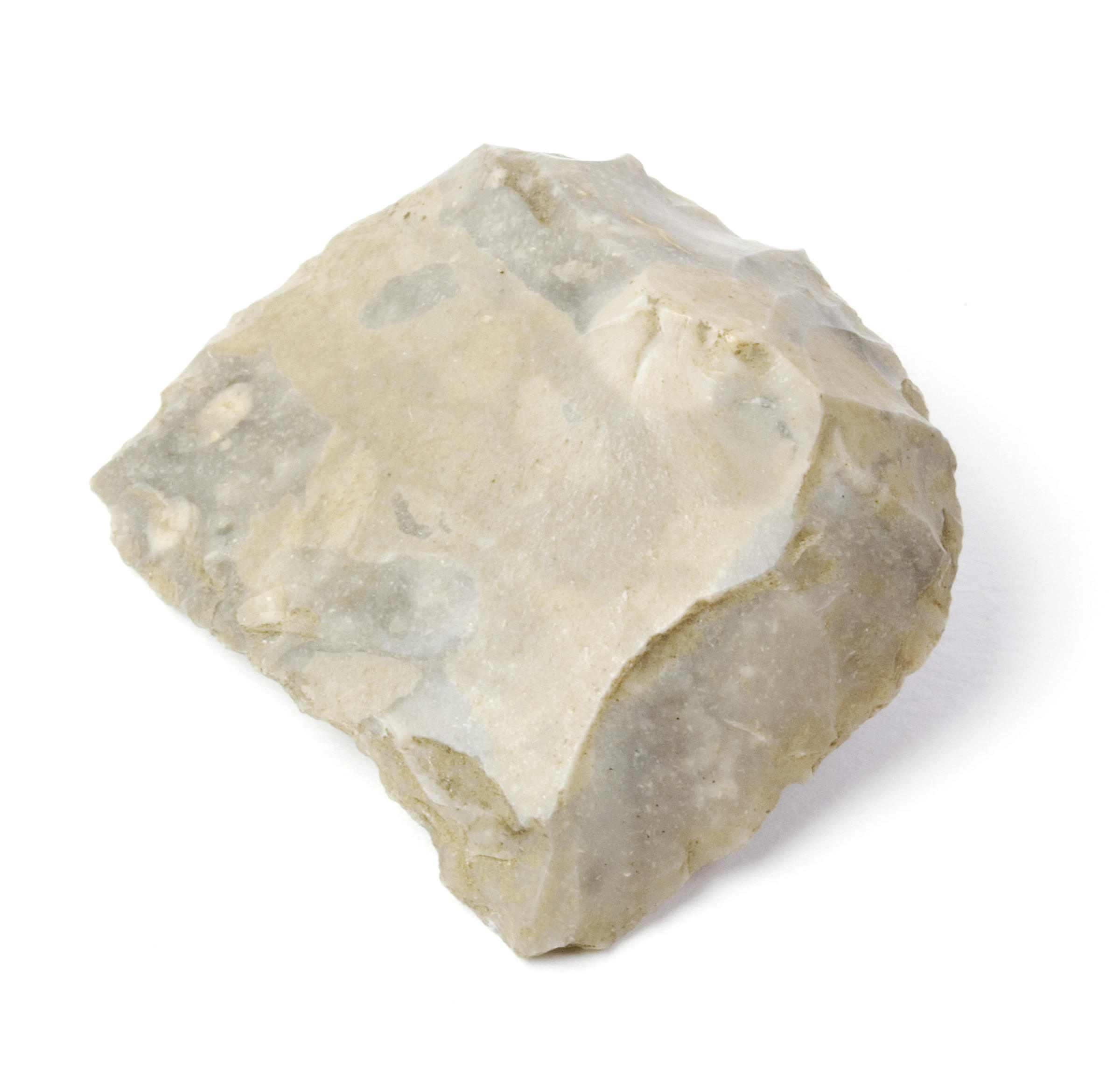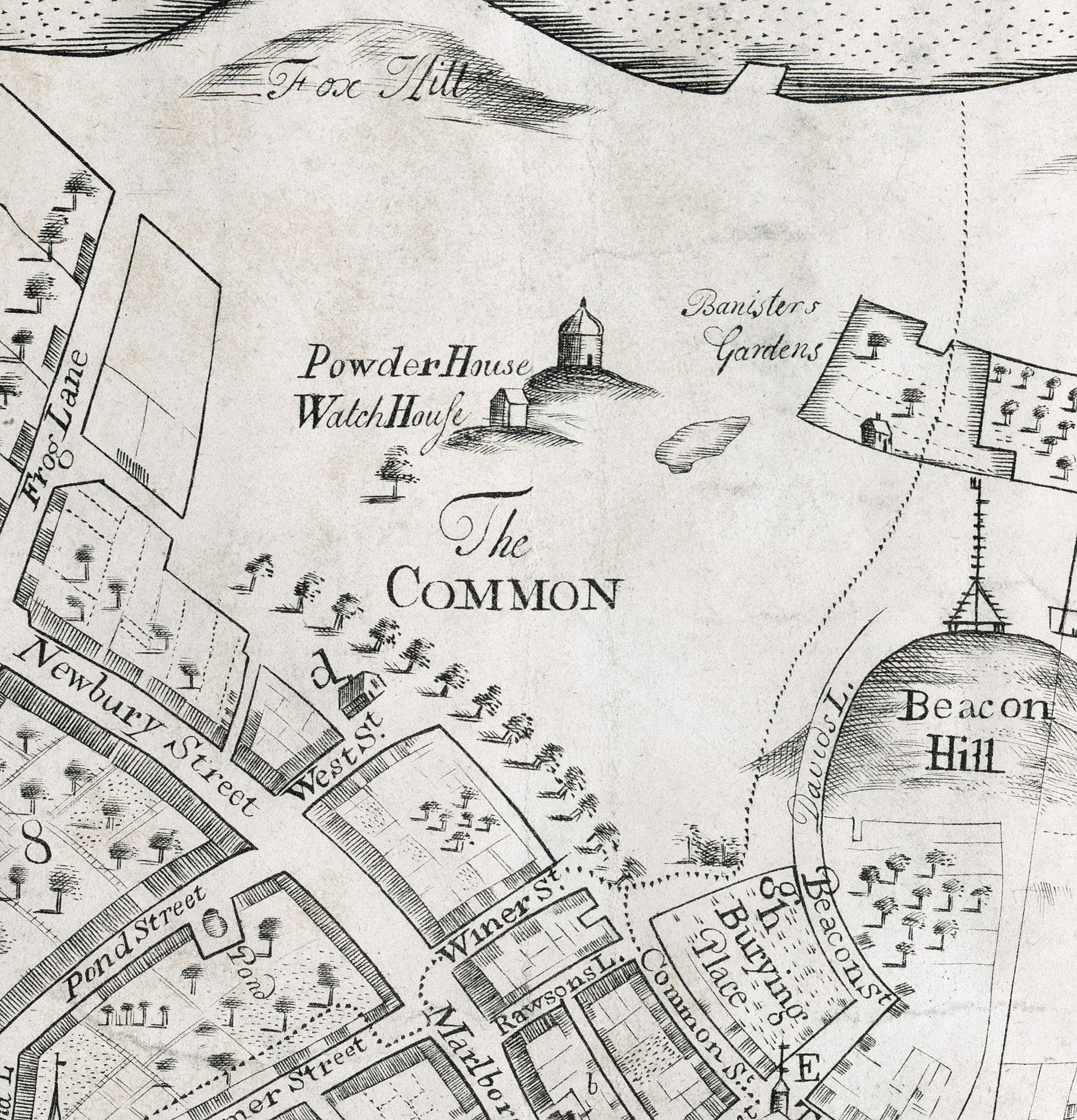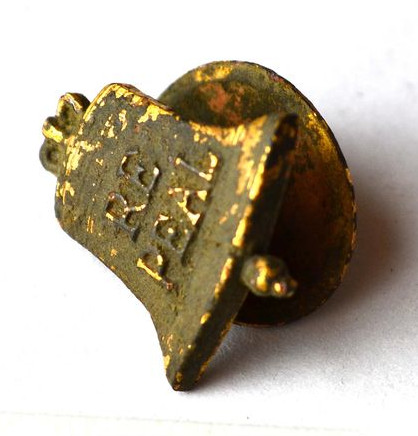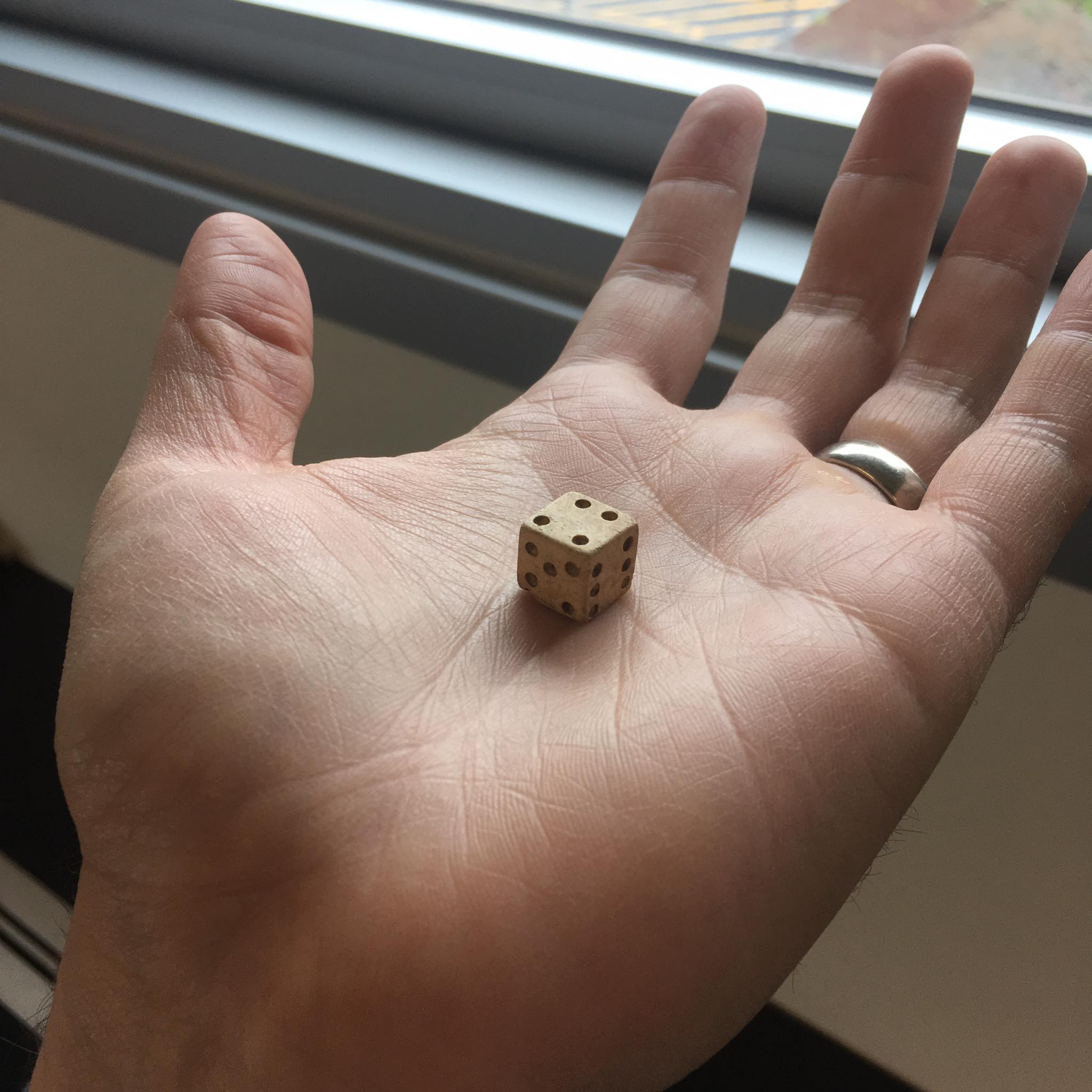Boston Common archaeology
An archaeological history of Boston's backyard.
Archaeologists have conducted several surveys on Boston Common. These surveys have revealed long-buried stories of its many uses.
The place
Boston Common is the oldest park in America. This nearly 50-acre open space within the heart of Boston has been preserved as public space since 1634. But, its human story begins long before.
Over thousands of years, the Common has been a home, pasture, trash dump, meeting place, training green, encampment, gallows, recreation field, concert stage, and picnic spot, among many other uses. Today, the Common is a designated Boston Landmark. It is managed by the Boston Parks and Recreation Department.
Native space
The Massachusett Tribe have lived in Shawmut, the place we now call Boston, for thousands of years — and are still here.
After glacial ice receded from this area around 16,000 years ago, Boston became a habitable place with many attractive natural resources. There was stone for making tools, clay deposits, and food that could be found in Boston's diverse habitats. These included rivers, ponds, hills, marshes, mudflats, islands, and the harbor. Archaeological excavations have uncovered Native creations spanning thousands of years of the Massachusett story.
Near the Frog Pond and Parkman Bandstands, archaeologists found buried shell midden areas made up of thousands of clam shells. These were collected from nearby Back Bay and eaten by Native people. Near these deposits, archaeologists found Native pottery and stone tools. These middens and the food that was eaten there are just one of the many activities of Massachusett on the Common.
Colonial Spaces
The first Englishman to build a home on Shawmut was religious recluse William Blackstone. He lived a solitary life on the northwest corner of today’s Boston Common.
In 1630, the Winthrop fleet arrived at Shawmut with a large group of followers who renamed the peninsula Boston. Blackstone held to his claim of land and John Winthrop reluctantly reserved 50 acres for him. However, the new crowds did not suit Blackstone’s lifestyle. So, in 1634, he sold his property to the colonists. The newly purchased acreage on the western shore of Shawmut was set aside for “the further benefit of the town” and its residents. This created the boundaries of the Boston Common we know today.
For more than a century, the Common served primarily as public grazing space. White male land owners in Boston were entitled to graze their cows or sheep there, and the open space was more field than park.
During the colonial period, the open space was used by Bostonians for:
- chores and casual recreation, and
- as a militia training space.
One of the more grim activities on the Common was public executions conducted on its several large trees, including the Great Elm. See below for more information on the tree.
Occupation and Revolution
British Troops camp on Boston Common in this 1768 drawing.
(Photo credit: Boston Public Library)
Revolution on the Common
The Common was the center of British occupation during the American Revolution. Regulars dismantled the colonial Powder House. They installed a six-gun artillery battery on the hill as well as a series of encampments on the flat areas. It was from the Common’s western shore on April 19, 1775, that British troops set out in boats across the Charles River to begin their march towards Lexington and Concord, and the start of a war.
The genteel class moved into stately new homes on Mt. Vernon and Beacon Hill in the 1820s. They began to challenge the status of the Common as pasture. Cows were too unrefined for the wealthy and powerful individuals of the City. Some residents were said to be so frightened of the cows that they were known to faint. Boston eventually banned cows from the Common in 1830. After that, the purpose of the Common shifted to leisure. Attractive malls lined with trees were further emphasized to give residents a place to enjoy nature within the City.
Protests and gatherings
Throughout its history, people have gathered on Boston Common to demonstrate and rally for various causes, including this Whig meeting in 1844.
Community Space
With the removal of cows in 1830 — and the transformation of the open space into a formal park in the 19th century — use of the Common by residents increased.
In many of the earliest maps of Boston (including the one above) the Great Elm appears as one of the only tree on the Common. The tree fell during a powerful storm in 1876. But, it is still remembered as an iconic piece of Boston’s history as people gathered under its hulking branches. Perhaps most notably, the Sons of Liberty used it as a rallying spot during the revolutionary years.
Since 1848, Frog Pond has been a summer destination, inviting children to cool off in the shallow waters. In the winter months, they sled down the slopes of Monument Hill, or join in ice skating around the pond.
For centuries, the people of Massachusetts have flocked to the wide open public space situated outside the Commonwealth’s seat of power to protest. From the 1844 Whigs gathering to anti-Prohibition protesters in the 1920s to the anti-Vietnam War movement of the 1970s to the women’s march and Black Lives Matter movements of today, the tradition of congregating on the grassy Common to make voices heard within earshot of lawmakers continues in earnest.
As a place of sports and recreation for centuries, the Common has hosted:
- baseball, tennis, and football games
- large-scale marbles tournaments, and
- checkers matches in the 1920s.
Today, you may see even see a quidditch match.
From shell middens to food carts, food has always played an important role in the Common. In the late 19th century, “the apple lady” became a fixture of the Common. She sold her apples from a basket to passersby for years. Victory Gardens were planted in the early 20th century in support of the country’s efforts of the two World Wars.
Today, the Common remains one of the most loved and used public spaces in Boston. For thousands of years, these activities have left behind artifacts and creations. Archaeology is just one tool for revealing the many stories of the Common's past.
Changing Priorities
The Common hosted a victory garden in the 1940s. Fresh food supplemented the needs of Bostonians during WWII.
(Photo credit: Boston Public Library)
The Digs
Boston Common is a landmark-designated property. The Boston Landmarks Commission, including the City Archaeologist, review any proposed changes to the Common to determine if archaeological survey is required before work begins. There have been multiple surveys on Boston Common:
- In the 1960s, geologist Clifford Kaye collected artifacts from the excavations being done ahead of the large parking garage located on the lower Common. These artifacts are housed at the City Archaeology Laboratory.
- In 1985, City Archaeologist Steven Pendery conducted a survey near the Park Street MBTA station for proposed access shafts.
- In 1986, archaeologists from BU's Office of Public Archaeology surveyed for a proposed electric pipe corridor across the southeast corner of the Common.
- From 1986-1987, City Archaeologist Steven Pendery conducted a large-scale survey of the entire Common. This was done for the proposed installation of light poles, which are standing today. This survey identified multiple Native and historic sites.
- In 1989, City Archaeologist Steven Pendery conducted two small surveys in the Deer Park and Park Street Mall areas of the Common.
- In 1992, City Archaeologist Steven Pendery conducted a small survey near the Visitors Information Center on the Common. This was done for a proposed expansion of the building, which is standing today.
- In 2012, City Archaeologist Joe Bagley conducted an archaeological survey around the Men's Comfort Station on the Common, This was done before it was transformed into the Earl of Sandwich restaurant and seating area.
- In 2015, archaeologists from PAL conducted a survey on Flagstaff (Monument) Hill for a new pathway.
- In 2020, archaeologists from Heritage Consultants conducted a survey ahead of the proposed King Memorial monument.
The Data
Artifact Catalog
Artifact count: 68,525
Complete spreadsheet catalog of the artifacts from the Boston Common
Digital Images
Omeka.net searchable artifact and image database
Link to Boston Common artifact images and descriptions
3D Images
Laser and Photogrammetry 3D images of artifacts from the Boston Common
Interactive and downloadable 3D images of artifacts from the Boston Common

